Filter by
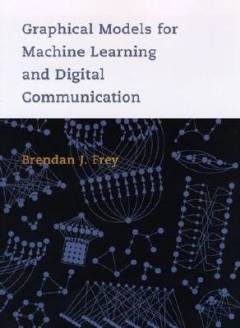
Graphical models for machine learning and digital communication
"A Bradford book."Content DescriptionOCLC-licensed vendor bibliographic record.
- Edition
- -
- ISBN/ISSN
- 0585024413
- Collation
- 1 online resource (xiii, 195 pages) : illustrations
- Series Title
- Adaptive Computation and Machine Learning series
- Call Number
- -
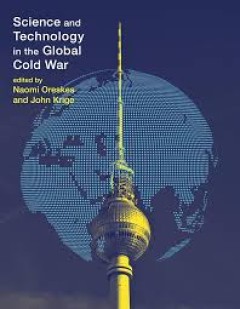
Science and Technology in the Global Cold War
Investigations of how the global Cold War shaped national scientific and technological practices in fields from biomedicine to rocket science.OCLC-licensed vendor bibliographic record.
- Edition
- -
- ISBN/ISSN
- 9780262326100
- Collation
- 1 online resource (viii, 456 pages) :illustrations.
- Series Title
- -
- Call Number
- -
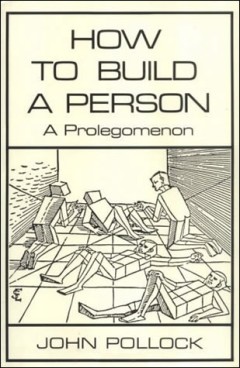
How to build a person : a prolegomenon
"A Bradford book."Pollock describes an exciting theory of rationality and its partial implementation in OSCAR, a computer system whose descendants will literally be persons.Building a person has been an elusive goal in artificial intelligence. This failure, John Pollock argues, is because the problems involved are essentially philosophical; what is needed for the construction of a person is a p…
- Edition
- -
- ISBN/ISSN
- 0585336997
- Collation
- 1 online resource (xi, 189 pages) : illustrations
- Series Title
- -
- Call Number
- 001 POL h
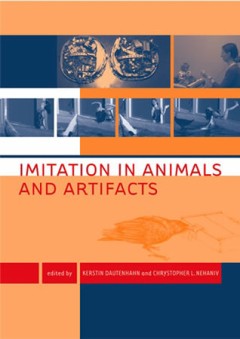
Imitation in animals and artifacts
"A Bradford book."Papers presented at a meeting held in Edinburgh, Scotland, Apr. 7-9, 1999.The effort to explain the imitative abilities of humans and other animals draws on fields as diverse as animal behavior, artificial intelligence, computer science, comparative psychology, neuroscience, primatology, and linguistics. This volume represents a first step toward integrating research from thos…
- Edition
- -
- ISBN/ISSN
- 9780262271219
- Collation
- 1 online resource (xv, 607 pages) : illustrations.
- Series Title
- Complex Adaptive Systems
- Call Number
- 301 IMI
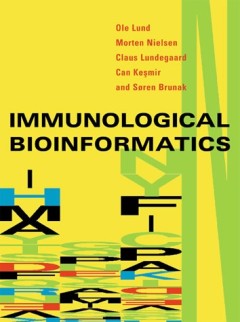
Immunological bioinformatics
"This book offers a description of bioinformatics techniques as they are applied to immunology, including a succinct account of the main biological concepts for students and researchers with backgrounds in mathematics, statistics, and computer science as well as explanations of the new data-driven algorithms in the context of biological data that will be useful of immunologists, biologists, and…
- Edition
- -
- ISBN/ISSN
- 9780262323338
- Collation
- 1 online resource (xii, 296 pages, 24 unnumbered pages of plates) : illustrations (some color).
- Series Title
- Computational Molecular Biology
- Call Number
- 001 LUN i
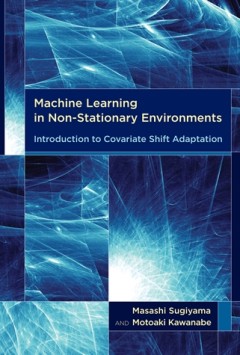
Machine learning in non-stationary environments :introduction to covariate sh…
As the power of computing has grown over the past few decades, the field of machine learning has advanced rapidly in both theory and practice. Machine learning methods are usually based on the assumption that the data generation mechanism does not change over time. Yet real-world applications of machine learning, including image recognition, natural language processing, speech recognition, robo…
- Edition
- -
- ISBN/ISSN
- 9780262301220
- Collation
- 1 online resource (xiv, 261 pages) :illustrations.
- Series Title
- -
- Call Number
- -
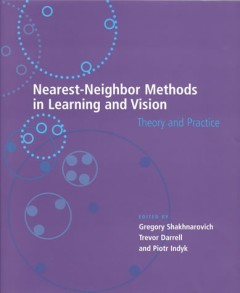
Nearest-neighbor methods in learning and vision :theory and practice
" ... held in Whistler, British Columbia ... annual conference on Neural Information Processing Systems (NIPS) in December 2003"--Preface.Regression and classification methods based on similarity of the input to stored examples have not been widely used in applications involving very large sets of high-dimensional data. Recent advances in computational geometry and machine learning, however, ma…
- Edition
- -
- ISBN/ISSN
- 9780262256957
- Collation
- 1 online resource (vi, 252 pages) :illustrations.
- Series Title
- -
- Call Number
- -
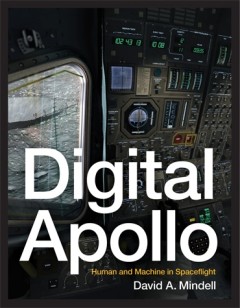
Digital Apollo : Human and Machine in Spaceflight
How human pilots and automated systems worked together to achieve the ultimate in flight--the lunar landings of NASA's Apollo program.As Apollo 11's Lunar Module descended toward the moon under automatic control, a program alarm in the guidance computer's software nearly caused a mission abort. Neil Armstrong responded by switching off the automatic mode and taking direct control. He stopped mo…
- Edition
- -
- ISBN/ISSN
- -
- Collation
- -
- Series Title
- -
- Call Number
- -

Digital Apollo Digital Apollo: Human and Machine in Spaceflight
How human pilots and automated systems worked together to achieve the ultimate in flight--the lunar landings of NASA's Apollo program.As Apollo 11's Lunar Module descended toward the moon under automatic control, a program alarm in the guidance computer's software nearly caused a mission abort. Neil Armstrong responded by switching off the automatic mode and taking direct control. He stopped mo…
- Edition
- -
- ISBN/ISSN
- -
- Collation
- 1 online resource (xiii, 359 pages) : illustrations
- Series Title
- -
- Call Number
- -
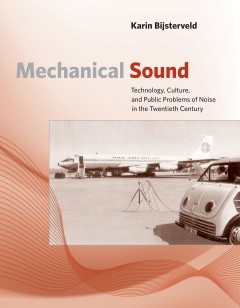
Mechanical sound : Technology, Culture, and Public Problems of Noise in the T…
'Mechanical Sound' traces efforts to control unwanted sound - the noise of industry, city traffic, gramophones and radios, and aircraft - from the late 19th to the late 20th century. Karin Bijsterveld argues that a paradox of control has developed, in which only some forms of noise are regulated by experts and governments.
- Edition
- -
- ISBN/ISSN
- -
- Collation
- 1 online resource (xii, 350 pages) :
- Series Title
- -
- Call Number
- -
 Computer Science, Information & General Works
Computer Science, Information & General Works  Philosophy & Psychology
Philosophy & Psychology  Religion
Religion  Social Sciences
Social Sciences  Language
Language  Pure Science
Pure Science  Applied Sciences
Applied Sciences  Art & Recreation
Art & Recreation  Literature
Literature  History & Geography
History & Geography